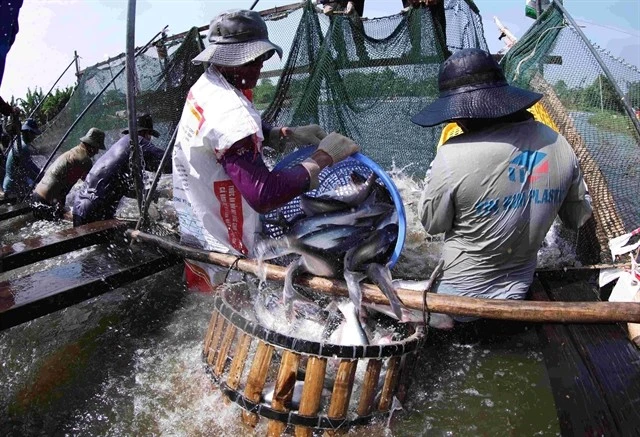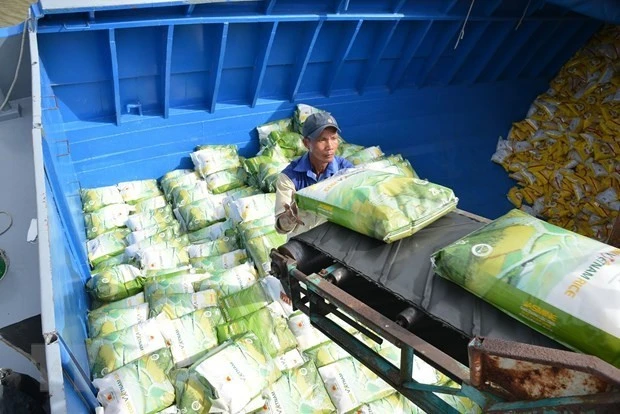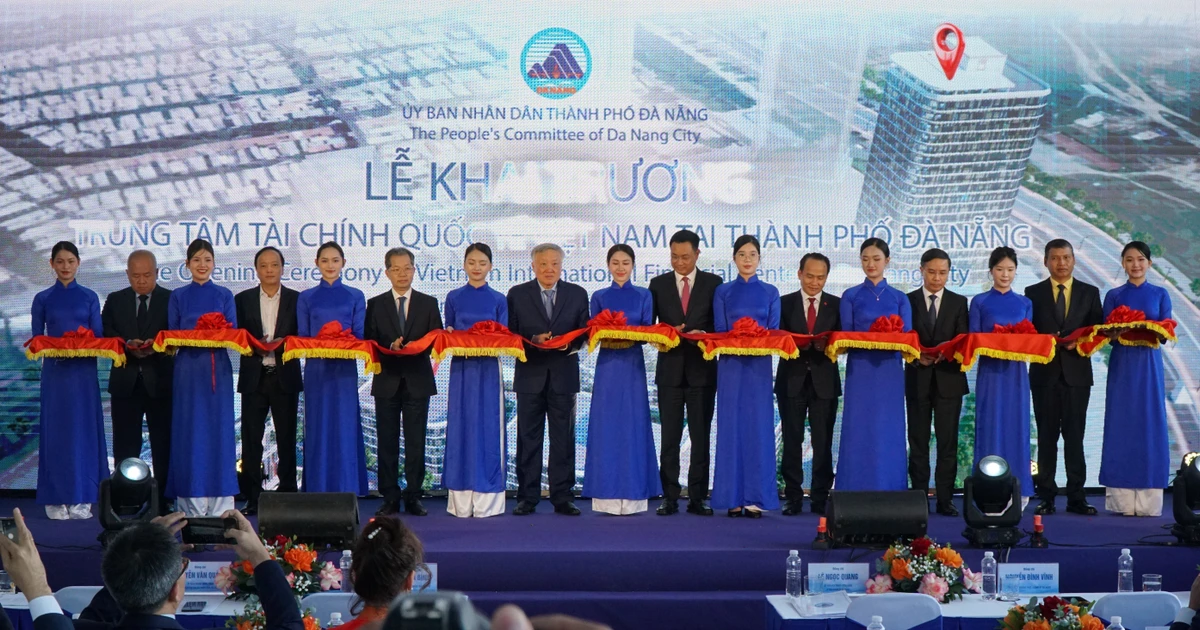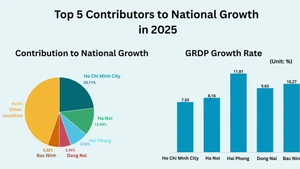Data by the Ministry of Agriculture and Rural Development (MARD) showed that Vietnam exported one million tonnes of the grain, valued at 489 million USD, raising the total export volume in the first five months of the year to nearly 3.9 million tonnes, with a value of 2.02 billion USD, up 40.8% in volume and 49% in value.
Strong market, high prices
Overall, rice export prices averaged at 517 USD per tonnes during the January-May period, up 5.8% from the same period last year.
In terms of markets, the Philippines was the biggest importer of Vietnamese rice in the first four months of 2023, accounting for 42.4% of Vietnam’s total rice exports. Among Vietnam’s largest rice markets, Indonesia recorded the strongest growth rate. Rice shipments to Europe also posted strong growth, especially in the Netherlands, Belgium and Poland.
According to the Vietnam Food Association, the price of Vietnamese rice is currently higher than that of Thailand and India. Specifically, Vietnam’s 5% broken rice reached 498 USD per tonne in the first weeks of June while the same variety from Thailand and India sold for 492 USD per tonne and 453 USD per tonne, respectively. A tonne of Vietnam’s 25% broken rice was valued at 478 USD per tonnes, 10 USD higher than Thai rice and 50 USD higher than Indian rice.
It is worth noting that the price of Vietnamese rice is relatively stable, while the prices of Thai and Indian rice usually fluctuate day by day. This partly demonstrates that Vietnamese rice has gradually affirmed its quality across various segments.
Such performance is also attributed to changes in domestic rice production. According to the MARD’s Department of Crop Production, the total rice area in the Mekong Delta has been reduced from 4.3 million hectares in 2015 to 3.8 million hectares today, but the output value is still increasing thanks to higher-quality varieties helping to raise export value.
Production and sale connection
It is estimated that the Mekong Delta’s rice output will still reach 24 million tonnes in 2023, an abundant supply for rice processors and exporters.
It is the sector’s task to continue investing in production and connecting markets to maintain the export growth momentum. Concerning enhancing the quality of export rice, Phan Minh Thong, from the Sub-National Institute of Agricultural Planning and Projection, said that the key point is enhancing capacity and modernising processes from drying rice to storage, adding that it is also necessary to enhance deep processing and process rice by-products to increase the added value.
In addition, functional agencies need to make an annual outline of export markets, especially in terms of rice varieties so that localities can direct production in accordance with the demand of rice exporters. Reality also shows that the value of rice will be greatly enhanced when strong investment is made in advanced processing.
Pham Thai Binh, General Director of Trung An High-tech Agriculture Company, said his company not only exports rice but also other products made from rice, such as noodles, to the United States and Europe. He noted that a tonne of rice can sell for 700 USD while the same amount of derived products can fetch from 2,500-3,000 USD.
According to Le Thanh Hoa from the MARD Department of Agricultural Product Processing and Market Development, improvements in the rice production process has enhance the quality of export rice.
Amid increasing competition between rice exporting countries and uncertainties in the global rice trade such as natural disasters, epidemics, military conflicts, and trade war, the Prime Minister approved the rice export market development strategy until 2023 so that Vietnam’s rice production will be match the consumption demand of many countries in the world and Vietnam’s rice development orientations.
Accordingly, Vietnam will maintain the share of premium long-grain white rice at 15-20%; reduce the proportions of medium and low-quality rice; increase the shares of jasmine, parboiled rice, japonica rice, and organic rice; and diversify products made from rice.
In addition, Vietnam will also change the structure of rice export markets more sustainably, tapping into the rice import demand of key and established markets, paying attention to the markets in need of high-quality rice and products made from rice.

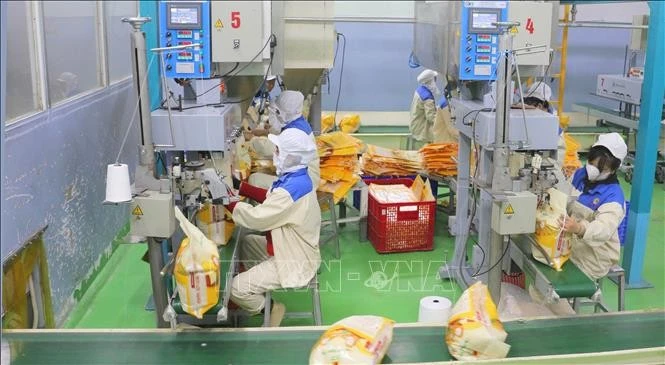
![[Video] Seven inspection teams formed to stabilise market during peak Tet period](https://en-cdn.nhandan.vn/images/9f233ae74386156ace55673ec5a8ea373e7bb5df2274800bfd51bda6ec86d9464d289201deda54c246314a974e2f0aef0bc69929884e4c53fd4eb6a1f98b468f6ae70becd9f49b834a8b9195e077c25b/anhminhhoavideo-110126-2.jpg.webp)

